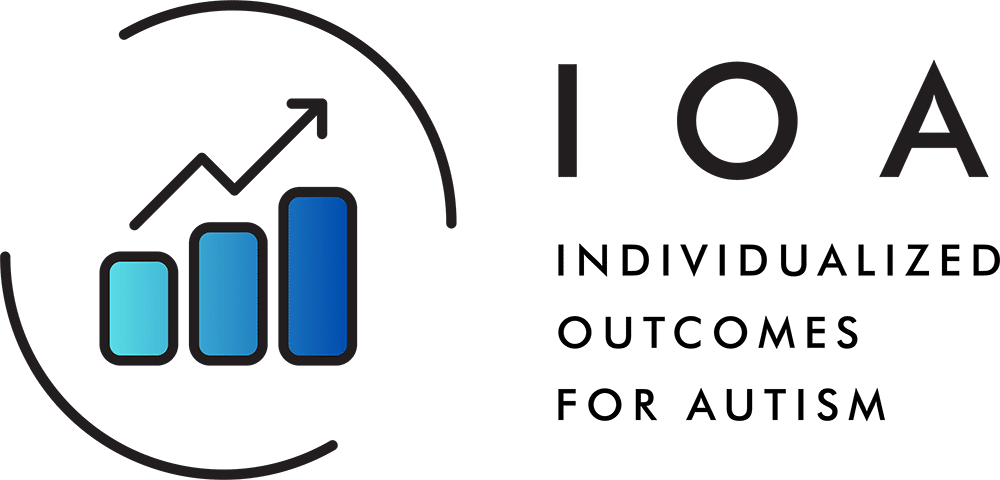Understanding Developmental Milestones Through an ABA Lens: What’s the Real Deal?
Angela Khater, MA, BCBA, LBA
I still remember my first weeks as an Autism Mom, before I became a BCBA. The therapists working with my child kept mentioning “meeting milestones” and taking detailed notes after each session. Everyone seemed to speak this secret language of targets and behaviors that had me nodding along while frantically researching terms after therapy hours. Fast forward through my BCBA training, and now I’m the one explaining these concepts to other parents who wear that same overwhelmed expression I once had.
If you’re new to the world of Applied Behavior Analysis (ABA) and developmental milestones, let me break it down for you in plain English, no technical jargon, no overwhelming charts, just the stuff that actually makes sense.
What Are Developmental Milestones in ABA-Speak?
In the ABA world, developmental milestones aren’t just checkboxes, they’re meaningful skills that build on each other like blocks in a tower. We’re talking about communication skills, social interactions, daily living skills, and those tricky behaviors that seem small but make a huge difference in day-to-day life.
What makes the ABA approach different is how these milestones are broken down into teachable, measurable steps. Instead of just saying “child should communicate needs to be by age 2,” ABA looks at the specific behaviors that make up communication, like requesting, responding, taking turns in conversation and tackles them one by one.
Why the ABA Approach to Milestones Matters
Here’s the thing about ABA therapy, it’s not about rushing development or forcing kids into a specific timeline. It’s about understanding each child’s unique starting point and creating a roadmap that actually makes sense for them.
The beauty of looking at milestones through an ABA lens is the individualization. Your child isn’t being compared to some mythical “average kid.” Instead, their progress is measured against their own baseline. That personalized approach is what makes ABA so effective for many families.
Breaking Down Skills ABA-Style
One of the coolest things I’ve experienced both as a mom and as a BCBA is how seemingly complex skills get broken down into manageable pieces:
Communication milestones might start with something as simple as making eye contact or pointing before working up to spoken language or alternative communication systems
Social milestones might begin with tolerating being near peers before expecting actual interactive play
Self-help skills like dressing or using utensils are deconstructed into tiny steps that build on each other
This breakdown is what we call “task analysis,” and it’s a game-changer for kids who get overwhelmed by big skills all at once.
Tracking Progress: The Real-World Approach
If your child is in ABA therapy, you’re probably familiar with data sheets and progress notes. While they might seem tedious, they’re actually pretty valuable tools for seeing those small wins that might otherwise go unnoticed.
With my own child, we worked on a simple request for milk for what seemed like it took forever for him to request. The data showed tiny improvements that weren’t obvious day-to-day, but when we looked back over three months, the progress was undeniable. Those micro-improvements eventually added up to confident daily requests for desired items. It was a milestone worth celebrating!
When Milestones Don’t Follow the Timeline
Let’s get real, developmental timelines and autism or other developmental differences don’t always play nice together. That’s where ABA’s individualized approach really shines.
In traditional developmental checklists, a delay might just be marked as a concern. In ABA, it becomes an opportunity to figure out what’s actually happening:
Is there a prerequisite skill that needs to be addressed first?
Is the environment supporting or hindering the skill?
Does the teaching approach need to be adjusted?
As both a mom and a BCBA, I’ve seen (and created) many creative teaching approaches when standard methods weren’t clicking. For one child who wasn’t responding to traditional potty training, we created a personalized visual schedule with their favorite cartoon character and suddenly, progress!
Beyond the Data Sheets
While ABA is data-driven (no denying that), good BCBAs know that development isn’t just about quantifiable skills. It’s also about quality of life, happiness, and family functioning.
Some of the most meaningful milestones I’ve witnessed in both my personal and professional ABA experience weren’t on any official checklist:
The first time a non-verbal child spontaneously communicated with their parent
When a child with sensory sensitivities finally enjoyed a family meal at a restaurant
The moment a child used their newly-acquired asking skills to express a preference instead of having a meltdown
These moments matter just as much as the skills on the assessment forms.
Finding Your Child’s Path
If there’s one thing I’ve learned from being both an Autism Mom and a BCBA, it’s that developmental pathways are as unique as fingerprints. The standardized milestones give us a map, but your child might take some interesting detours or scenic routes to get to the same destination.
A good ABA program creates a personalized roadmap that honors your child’s starting point, learning style, and individual needs while keeping an eye on those important developmental signposts. Through this individualized approach, we can celebrate each child’s unique journey through developmental milestones, embracing both the expected achievements and the beautiful surprises along the way.
Remember, the goal isn’t just to check off boxes on a developmental chart, it’s to help build meaningful skills that enhance quality of life, foster independence, and open up a world of possibilities for every child in their own way and their own time.

